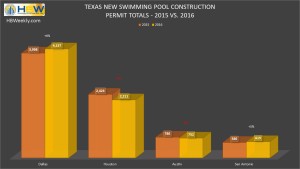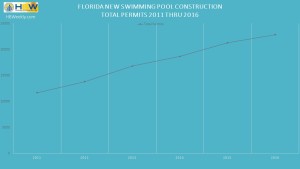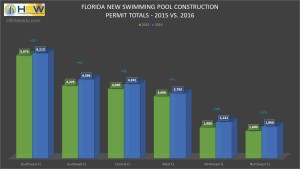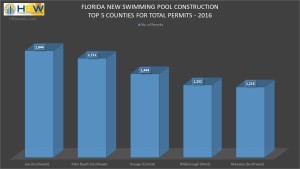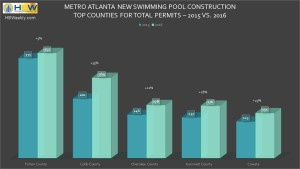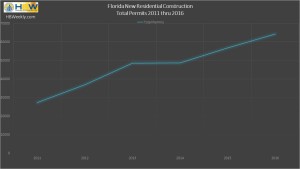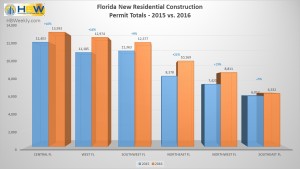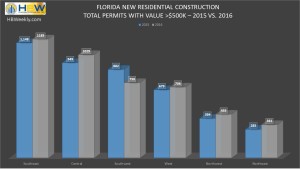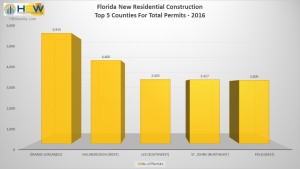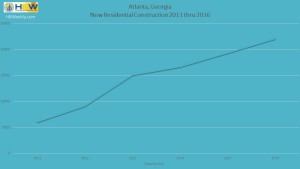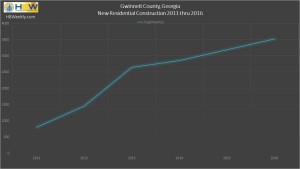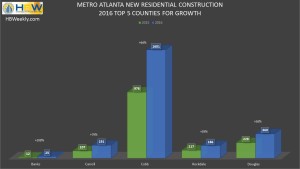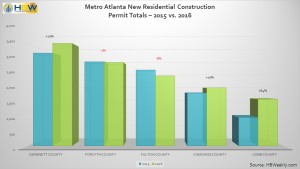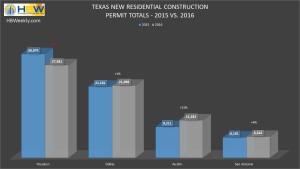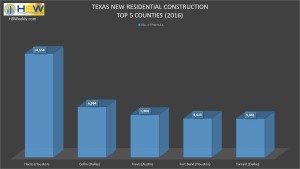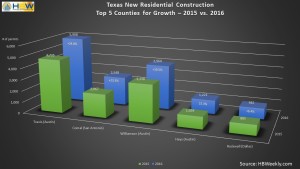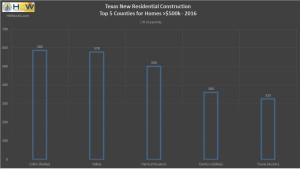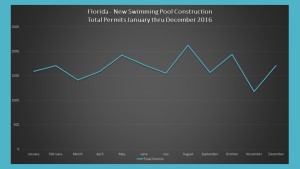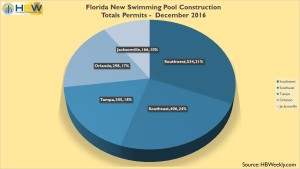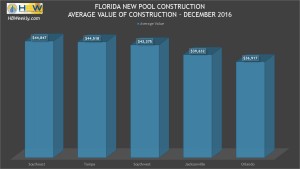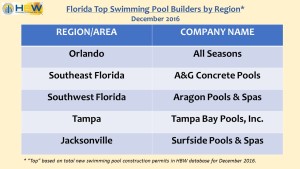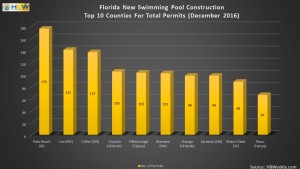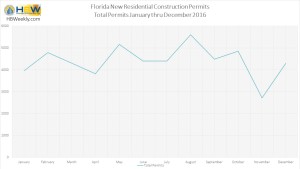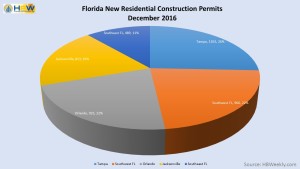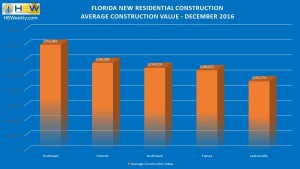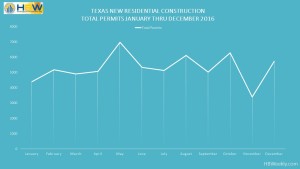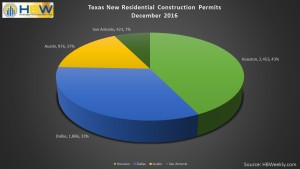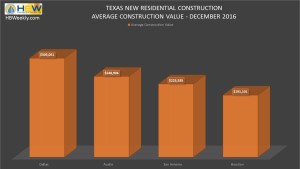Believe it or not, wallpaper is back, and it is making an appearance in a new, bold and trendsetting way.

Don’t be surprised if your clients express an interest in wallpaper. Wallpaper has been buzzing on the consumer’s home décor scene, and we are not talking about outdated florals you may remember in grandma’s house of yesteryear. No, this wallpaper is making a statement and showing up in designer’s illustrations and mainstream publications. Vogue Magazine listed texture and wallpaper as a home decorating trend to watch in 2017, and Houstonia Magazine also recognized wallpaper as a trend expected to rise in 2017, noting artist-inspired wallpaper and wallpaper for texture on their list.
So, how is wallpaper new and improved? Well, for starters, new advances brought about by digital printing have made it possible for wallpaper designers to create fresh new designs that were not previously possible with handprinted versions. Having an array of bold and modern designs make it more appealing to the client who is looking to achieve an original and custom look. Additionally, the wallpaper of today is easier to apply (think “peel and stick”) and less labor intensive than the previous varieties. Say goodbye to the hours dedicated to application and painstaking efforts for removal.
As for designs, Realtor.com recently highlighted six awe-inspiring designs that ran the spectrum from ornate to classic. From metallic and silk to embossed and embellished, there seems to be something for every palate. And how it’s being used is another thing… not every wall is covered, and not every room is the same. Complementary designs can be mixed between bold solids and modern geometric patterns. Placement can range from an entire room to accent walls or framed sections on adjacent walls.
Homeowners who are interested in adding a “wow” factor without breaking the bank for stone or expensive textiles are finding that wallpaper is an easy and affordable way to give their homes that “je ne sais quoi”. Also, as noted in our post covering popular industry predictions for 2017, home design trends are expected to move from industrial and stark to warm and cozy, and wallpaper has a unique way of warming up a space. In the same way that it can make a room cozy, wallpaper can add space too; vertical lines can give the appearance of height to spaces with lower ceilings, and horizontal lines can tease the eye into seeing a more spacious and wider room.
So why should you, the home builder, want to know about design trends? Well, it’s simple. Knowing your clients and understanding their vision is one thing, but being able to make their vision a reality is another. By staying in touch with buzzworthy content that may be in their news feed and demonstrating your expertise in the latest construction techniques and designs will allow you to broaden your offerings; as you keep your knowledge base current and on the cutting-edge of industry technologies and methods, you can create current and customized proposals that will standout from your competition.
For more information on construction business tips and industry trends, stay connected with the HBW Blog. To get ahead of construction activity and gain access to the latest permitting data in Florida, Texas, Georgia, Alabama and Oklahoma, contact HBW for more information on construction data reports and industry leads.


